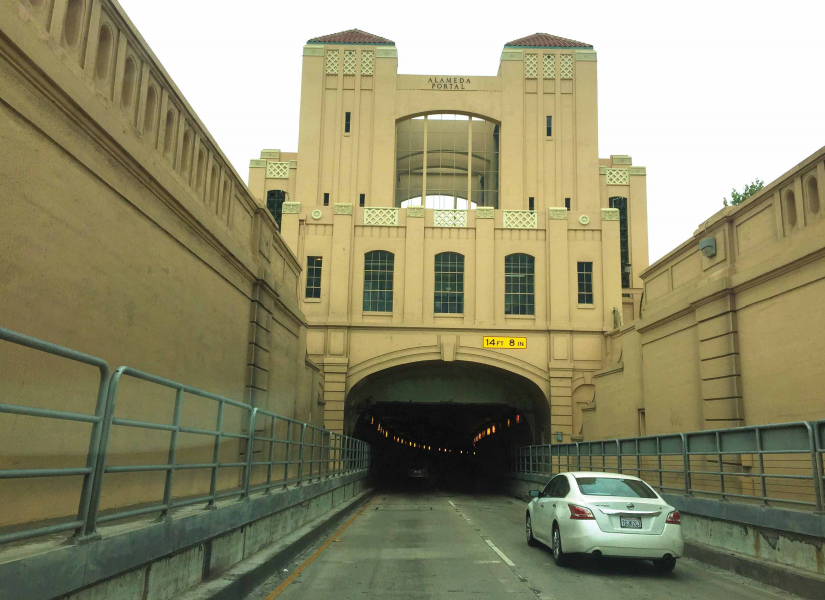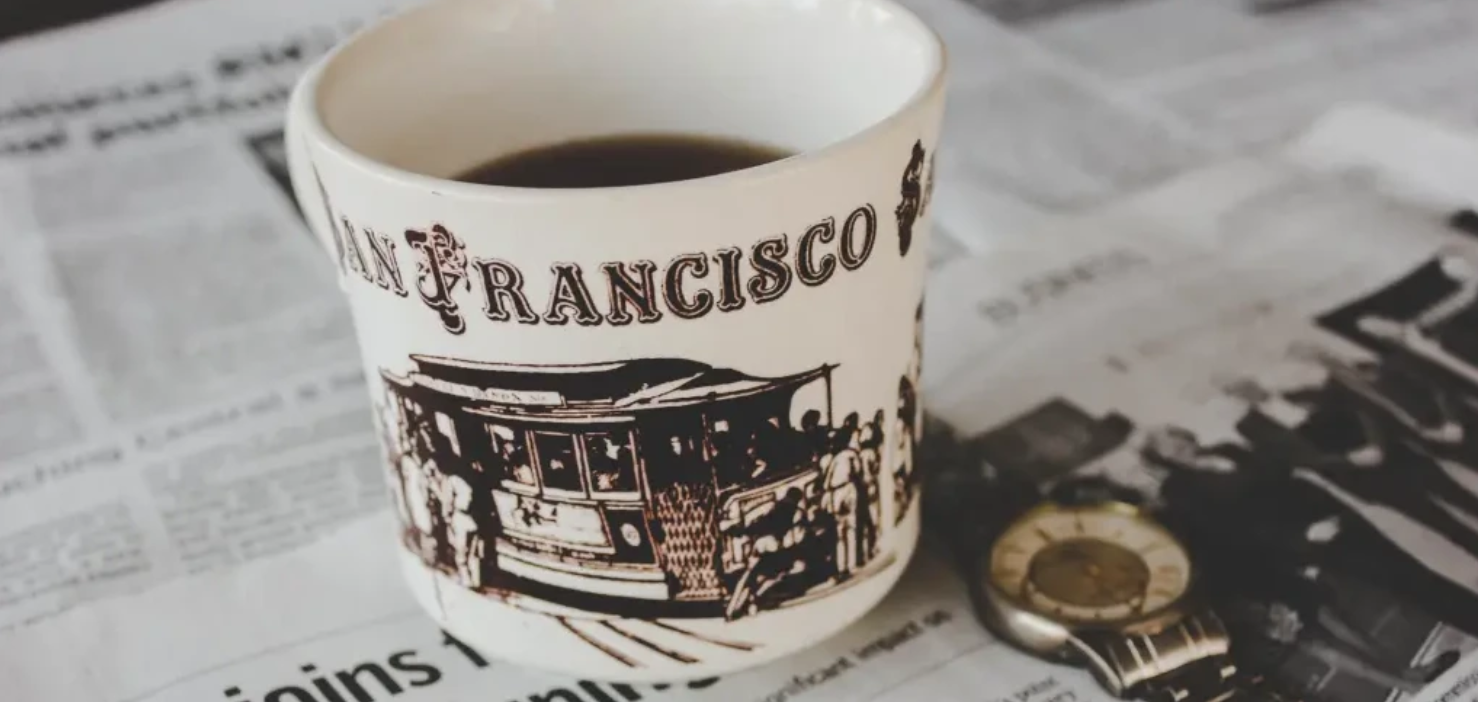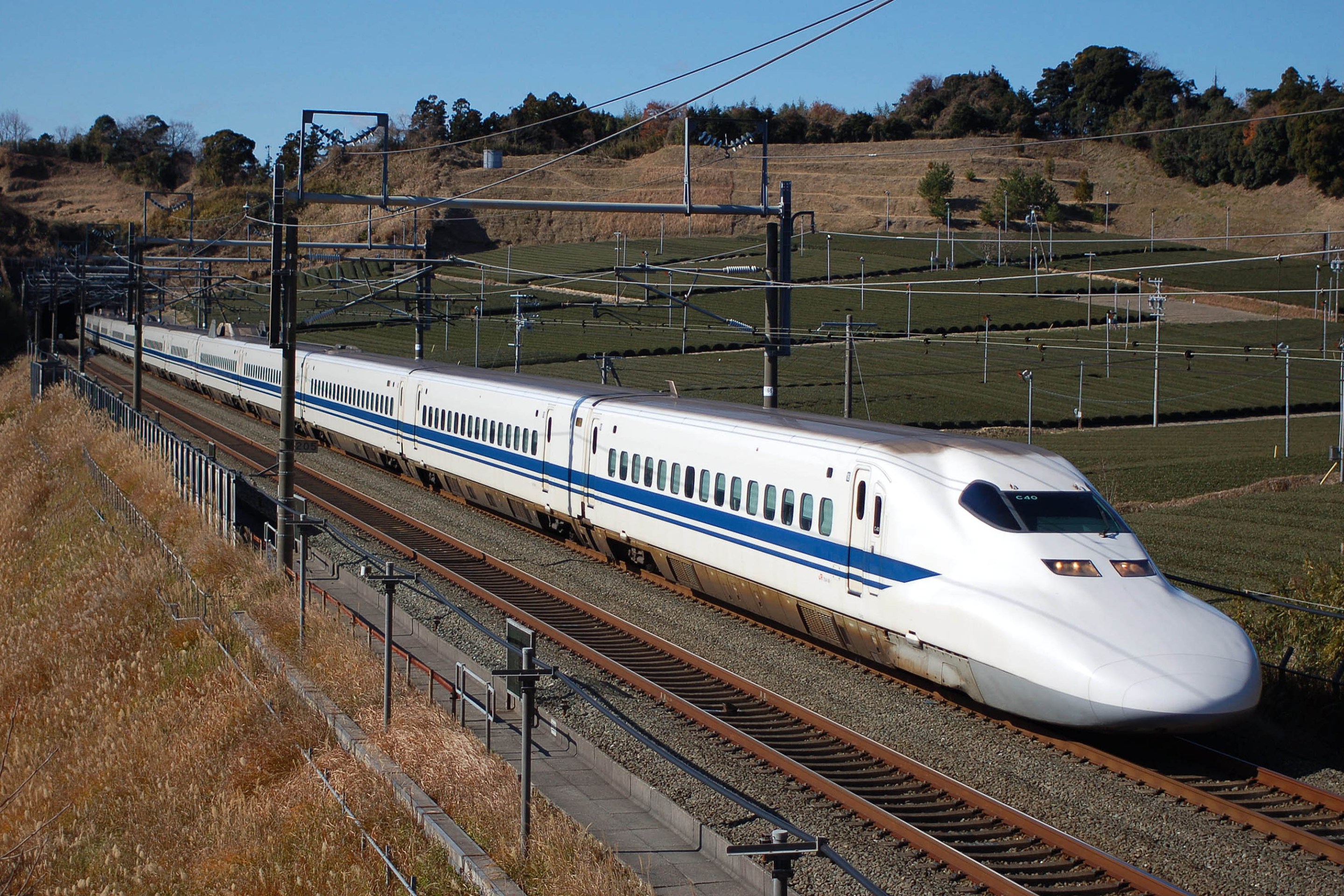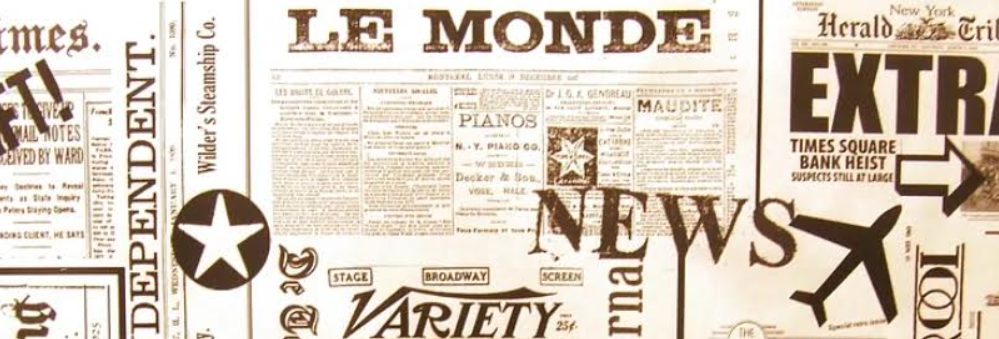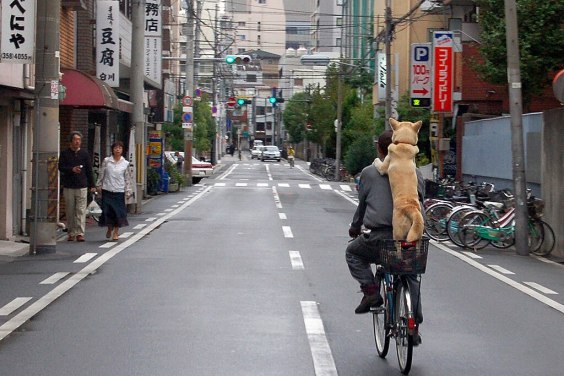Thanks to I-880 and its complex of on and offramps, walking or bike riding through Oakland's Chinatown, downtown, or on routes to Jack London Square and the estuary, can be pretty awful.
That's why a series of projects, some official, some grass-roots, including Walk this Way and Connect Oakland, are trying to fix some of the damage done to the fabric of the city during the freeway-building age.

One of these, at least ostensibly, is the Oakland Alameda Access Project, an $83 million plan that kicked off its initial scoping meeting last night at the Oakland Asian Cultural Center. This project, which is starting environmental work, is led by Caltrans and the Alameda County Transportation Commission.
One of its major stated goals is to reduce traffic volumes through Chinatown. Right now, a lot of that traffic is generated by cars and trucks transitioning between I-880 and the Posey and Webster tubes to Alameda. Cars have to follow a circuitous route on local streets, effectively creating a surface-level freeway ramp complex through the neighborhood. Large parts of Chinatown become a traffic sewer during rush hour.
This video/rendering lays out the intended changes to the road transitions between the tubes and the freeway:
The project also boasts the addition of bike lanes to 7th Street, a mixed use path leading to the Posey Tube, and the opening of the northside maintenance path inside the tube to bikes (see diagram below).
The good news, from a livable streets perspective, is it calls for the removal of the northbound Broadway I-880 offramp. That will reduce the width of the freeway through Chinatown. But it also calls for the Oak Street offramp to be widened to "accommodate the traffic volumes."
Here's some more video rendering of what they want to do:
One thing that quickly becomes apparent from watching the video is that the study is focused on automobile flow (the camera follows the car--why doesn't it ever show us the perspective of a cyclist or a pedestrian?) The sidewalks, as depicted, are just as narrow and uninviting as they are today (despite the ghostly pedestrians in the rendering). And the on-street bike lane on 6th Street offers no protection for cyclists, something that is critical next to cars coming off the freeway at high speeds. The rendering also shows no improvements to the freeway undercrossings, at Jackson for example, and still depicts the area under the I-880 as parking lots enclosed by chain link fences--how is that going to reduce the barrier effect of the freeway, a stated goal of the project?
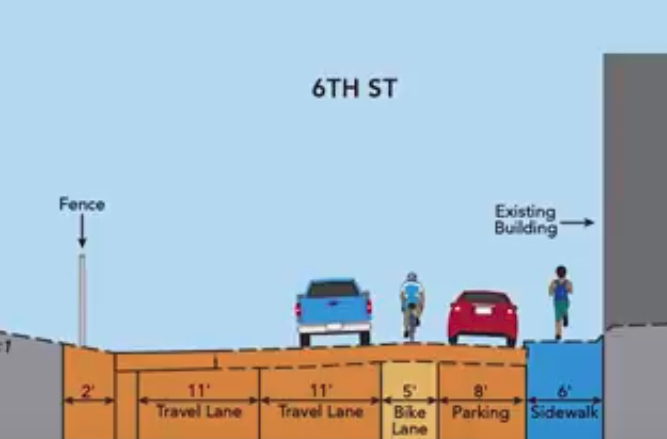
Nicole Ferrara, Vision Zero Coordinator with the City of Oakland, was at the meeting. She and others assured attendees that many of these issues will be addressed by Walk this Way, another nearby access project.
Meanwhile, opening up the maintenance path on both sides of the Posey Tube sounds like a positive step but, as anyone who has ridden through it knows, it will remain a loud, polluted hellscape. Caltrans engineers said they will also widen the existing pathway by a couple of inches, narrowing the road width by nine inches. They also plan to reduce the speed limit to 25 mph, so motorists leaving the tube do so at city speeds. But they're going to depend on law enforcement to get cars to actually slow down, and we know how well that works.
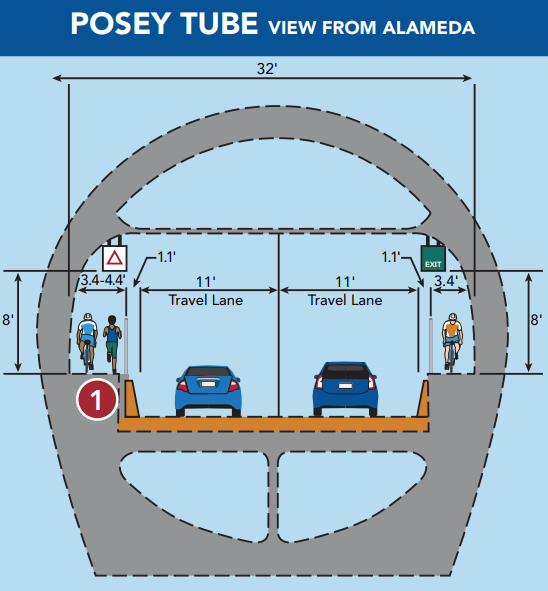
The project will also create a bike ramp/switch back to the Posey Tube entrance (that's visible in the above video rendering). Ultimately, though, the right way to get cyclists between Oakland and Western Alameda is a bridge--as advocates for BikeWalk Alameda have been saying for a couple of decades.
That said, Streetsblog asked why they couldn't do something more radical with the tunnel crossing. The void at the top of the tube is used for ventilation. The tube was built in 1928, and one has to wonder if modern air flow systems wouldn't allow the possibility of building a bikeway inside it, using the sides of the void for ventilation and the center for bikes. None of the engineers at the meeting seemed to have an answer. A 2009 study by the City of Alameda said only that "The study team did not consider converting the ventilation shaft, which is the upper part of the tube, into a bike/pedestrian path because it is needed for ventilation." Bottom line, a better way has to be found to let cyclists and pedestrians get to Alameda. Adding a few inches to the maintenance ways of the tunnel doesn't cut it.
Either way, as one engineer with the study group pointed out, it's going to take a series of projects and a great many years to reconnect Oakland and its waterfront, and to undo the damage done by I-880 to Chinatown and the downtown core. But fixing these problems should start with bikes and pedestrians, and then they can worry about automobile traffic flow. Instead, this study, at least so far, seems to have that backwards.
To leave a comment on this project, go to the Oakland-Alameda Access Project web page.
